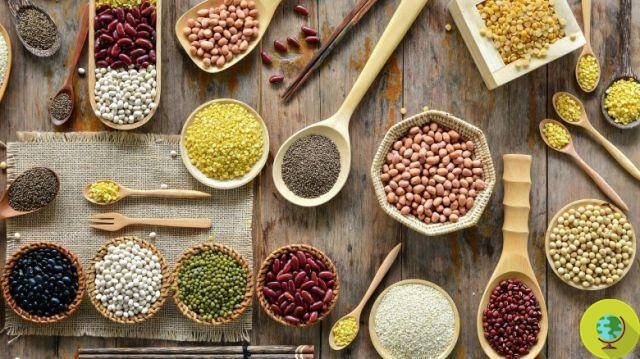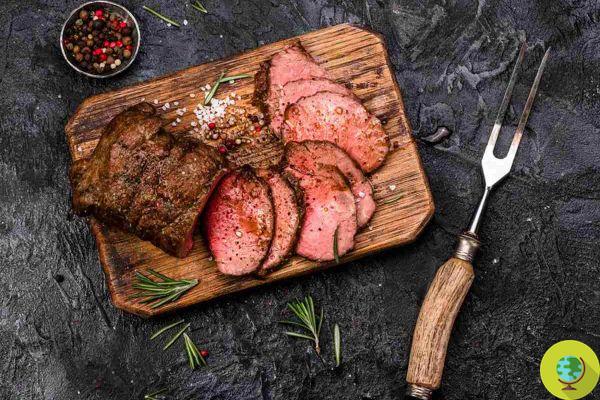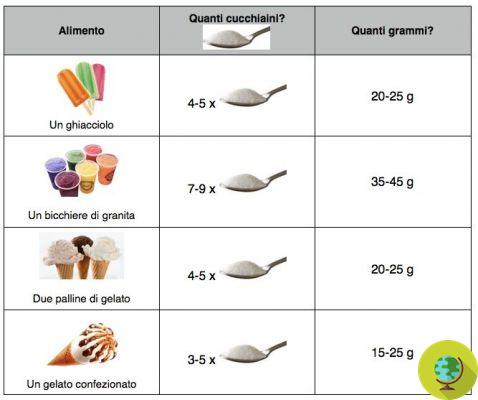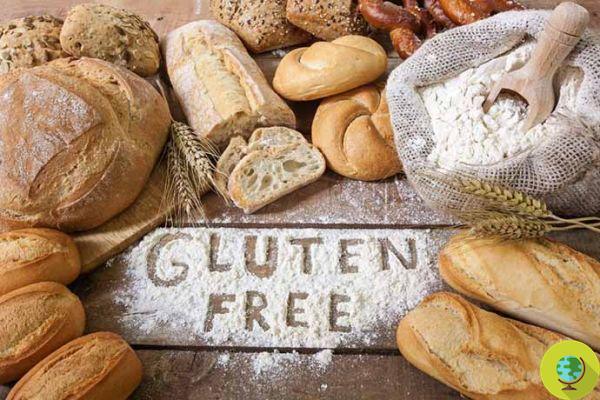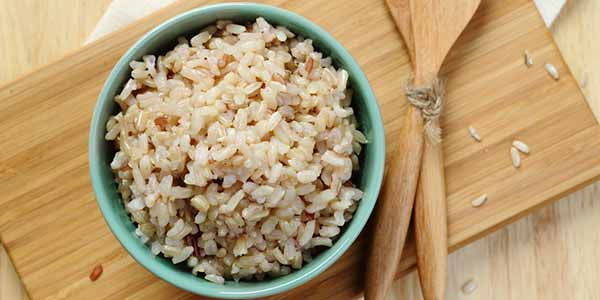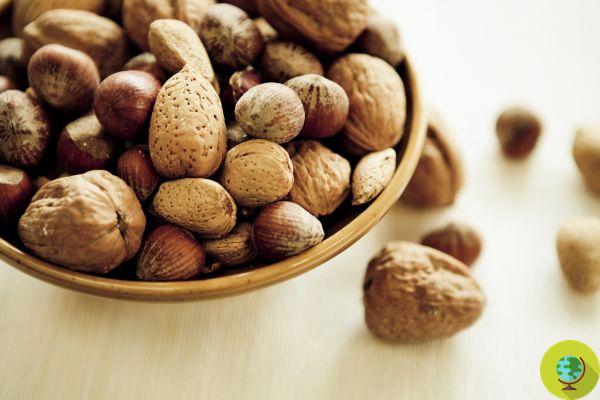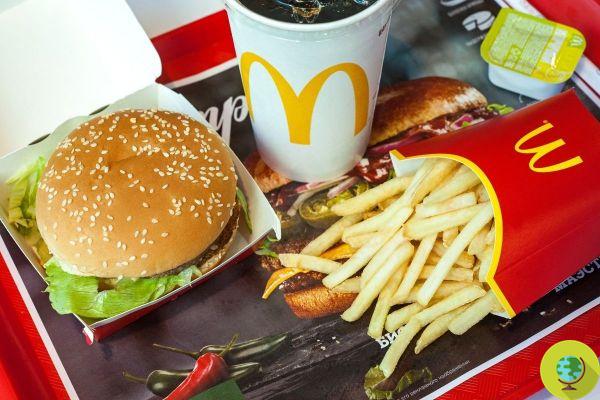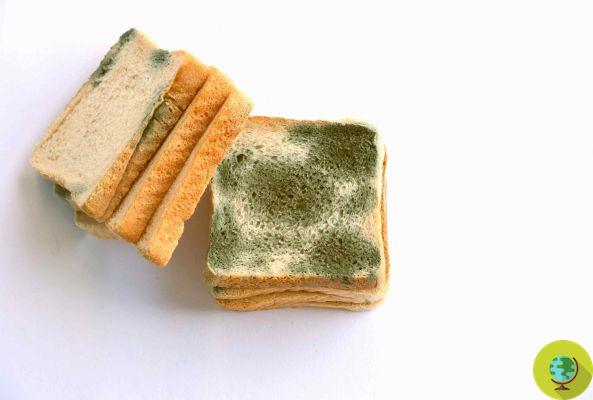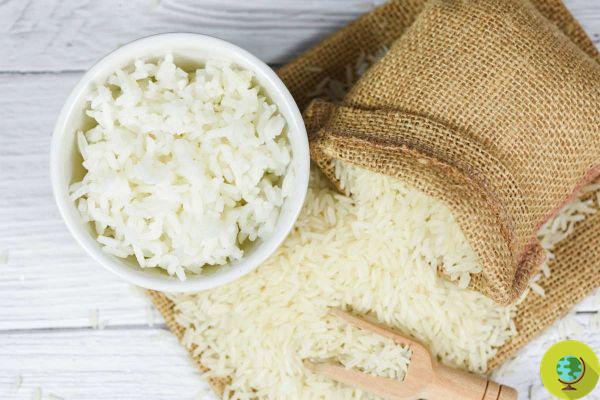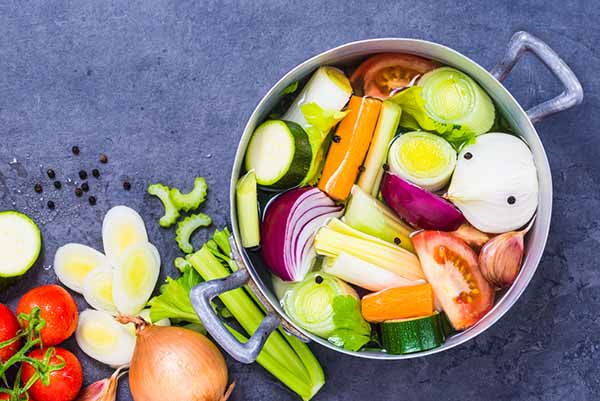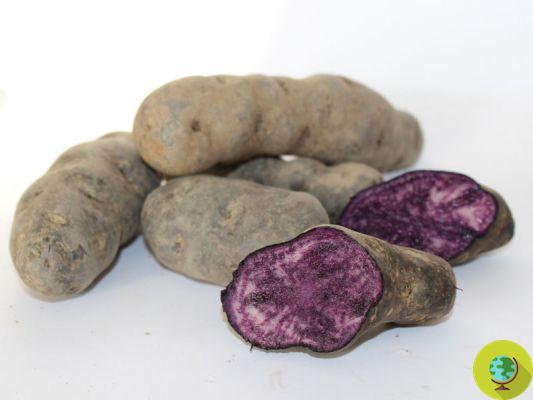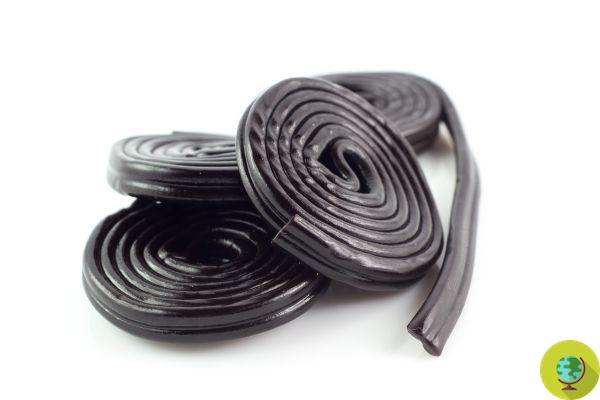Is meat carcinogenic? It is the dominant topic in conversations in the last few days. But what did the IARC study really say? Let's clarify a bit with a series of WHO questions and answers on the subject
Don't store avocado like this: it's dangerous
Is meat carcinogenic? It is the dominant topic in conversations in the last few days. But what did the IARC study really say? Let's clarify a bit with a series of questions and WHO replies on the subject.
If, on the one hand, there are many people who are not willing to give up their eating habits, on the other, many are trying to understand the reason for the need to eliminate, or at least reduce, meat from our diet, with particular reference to meat. red and processed meats.
1. What do you consider to be red meat?
Red meat refers to all mammalian meats, including beef, veal, pork, lamb, mutton, horse and goat.
2. What is considered to be processed meat?
Processed meat refers to meat that has been processed through salting, maturing, fermentation, smoking, or other processes to enhance flavor and improve shelf life. More processed meats contain pork or beef, but processed meats can also contain other red meats, poultry, offal, or by-products such as blood. Examples of processed meats are hot dogs (frankfurters), ham, sausages, canned meat, dried meat and canned meat, meat preparations and sauces.
3. Why does IARC choose to evaluate red meats and processed meats?
An international advisory committee that met in 2014 recommends red meats and processed meats as a priority for evaluation by the IARC Monographs program. This recommendation is based on epidemiological studies which suggest that a small increase in the risk of several cancers may be associated with high consumption of red meat or processed meats. While these risks are small, they could be important to public health, as many people around the world eat meat and meat consumption is on the rise in low- and middle-income countries. While some agencies already recommend limiting meat intake, these recommendations are primarily aimed at reducing the risk of other diseases. With this in mind, it was important for the IARC to provide authoritative scientific evidence on the cancer risks associated with the consumption of red meat and processed meats.
4. Do cooking methods change the risk of meat?
High-temperature cooking methods generate compounds that may contribute to the carcinogenic risk, but their role is not yet fully understood.
5. What are the safest methods of cooking meat (browning, boiling, grilling or barbecuing)?
Cooking at high temperatures or with food in direct contact with a flame or hot surfaces, such as in a barbecue, produces more than some types of carcinogenic chemicals (such as polycyclic aromatic hydrocarbons and heterocyclic aromatic amines). However, there is not enough data for the IARC working group to reach a conclusion that how meat is cooked affects cancer risk.
6. Is eating raw meat safer?
There has been no data to address this issue in relation to cancer risk. However, the separate issue of the risk of infection from eating raw meat should be considered.
7. Red meat has been classified as group 2A, possibly carcinogenic to humans. What exactly does this mean?
In the case of red meat, the classification is based on limited evidence from epidemiological studies showing positive associations between eating red meat and the development of colorectal cancer, as well as strong mechanistic evidence. "Insufficient evidence" means that a positive correlation was observed between exposure to the agent and cancer, but that other explanations could not be excluded.

8. Processed meats have been classified as group 1, carcinogenic to humans. What does this mean?
This category is used when there is sufficient evidence of carcinogenicity in humans. In other words, there is no convincing evidence that the agent causes cancer. Evaluation is usually based on epidemiological studies showing the development of cancer in exposed humans. In the case of processed meats, this classification is based on sufficient evidence from epidemiological studies that eating processed meat causes colorectal cancer.
9. Processed meat has been classified as carcinogenic to humans (group 1). Tobacco smoke and asbestos are both classified as human carcinogens (group 1). Does that mean that the consumption of processed meat is as carcinogenic as tobacco smoke and asbestos?
No, processed meats have been classified in the same category of cancer causes as tobacco smoke and asbestos (IARC Group 1, human carcinogen), but that doesn't mean they are all equally dangerous. IARC classifications describe the strength of scientific evidence for a given agent as a cause of cancer, rather than assessing the level of risk.
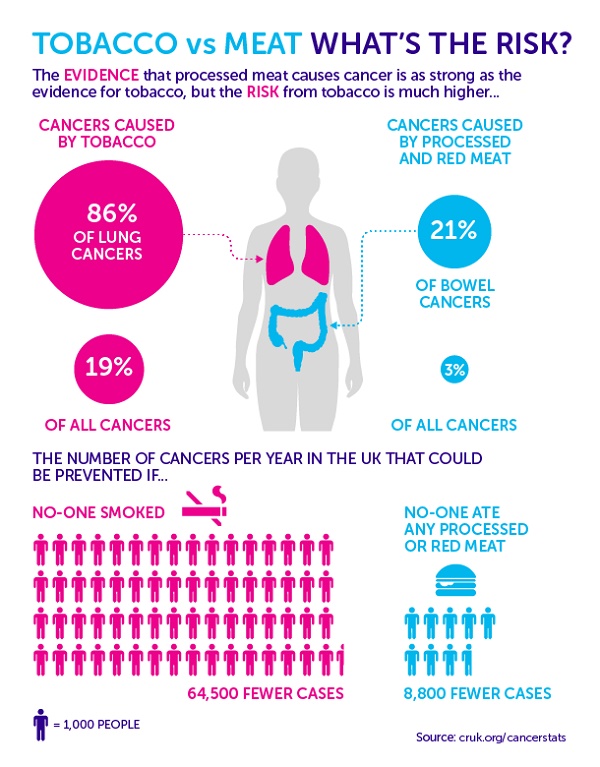
10. What types of cancers are linked or associated with eating red meat?
The strongest, but still limited, evidence concerns colorectal cancer. There is also evidence of links to pancreatic cancer and prostate cancer.
11. What types of cancers are linked or associated with the consumption of processed meat?
The IARC working group concluded that eating treated meat causes colorectal cancer. An association with stomach cancer has also been observed, but the evidence is not conclusive.
12. How many cases of cancer each year are attributable to the consumption of processed meat and red meat?
According to the most recent estimates by the Global Burden of Disease Progect, an independent research body, approximately 34000 cancer deaths each year worldwide are attributable to diets rich in processed meats. It has not yet been established whether eating red meat causes cancer. However, it is estimated that diets rich in red meat could be responsible for 50 cancer deaths each year worldwide.
These numbers contrast with around 1 million cancer deaths worldwide each year due to tobacco smoking, € 600 annually due to alcohol consumption, and more than € 000 annually due to pollution. atmospheric.
13. Can the risk of eating red meat and processed meat be quantified?
Consumption of processed meat was associated with a small increase in cancer risk in the studies reviewed. In these studies, the risk generally increases with the amount of meat consumed. Analysis of data from 10 studies estimates that each 50-gram serving of processed meat consumed each day increases the risk of colorectal cancer by approximately 18%.
The risk of cancer related to eating red meat is more difficult to estimate because the evidence that red meat causes cancer is not as strong. However, if the association of red meat and colorectal cancer is demonstrated, the data from the same studies suggest that the risk of colorectal cancer could increase by 17% for every 100-gram serving of red meat consumed per day.
14. Is the risk higher in children, the elderly, women or men? Are there some people more at risk?
The available data did not allow conclusions regarding the possibility that the risks differ according to different groups of people.
15. What about people who have had colon cancer? Should they stop eating red meat?
The available data do not allow conclusions about the risks for people who have already had cancer.
16. Should I stop eating meat?
Eating meat also has health benefits. Many national health recommendations recommend that people limit their intake of processed meats and red meats, which are linked to an increased risk of death from heart disease, diabetes, and other diseases.
17. How much meat can you eat to be safe?
The risk increases with the amount of meat consumed, but the data available for evaluation did not allow for a conclusion that a level of safety exists.
18. What makes red meat and processed meats foods that increase cancer risk?
Meat is made up of multiple components, such as heme iron. Meat can also contain chemicals that are formed during meat processing or cooking. For example, carcinogenic chemicals that are formed during meat processing are N-nitrous compounds and polycyclic aromatic hydrocarbons. Cooking red meat or processed meats also produces heterocyclic aromatic amines, as well as other chemicals such as polycyclic aromatic hydrocarbons, which are also found in other foods and air pollution. Some of these chemicals are known or suspected carcinogens.
19. How many experts were involved in the evaluation?
The IARC working group is made up of 22 experts from 10 countries.
20. What actions should governments take based on your results?
The IARC is a research organization that evaluates evidence on the causes of cancer, but makes no recommendations for health as such. However, IARC Monographs are often used as a basis for the implementation of national and international policies, directives and recommendations to minimize cancer risks. Governments may decide to include this new information on processed meat cancer risks in the context of other health risks and in updating dietary recommendations.
Roberta Ragni
Infografica Credit: Cancer Research UK
Read also:
Does meat cause cancer? The WHO shock document
Delirium carne. All the reactions, positive and negative, to the WHO announcement on carcinogenicity
WHO alarm? In France, 'meat without meat' is very popular




